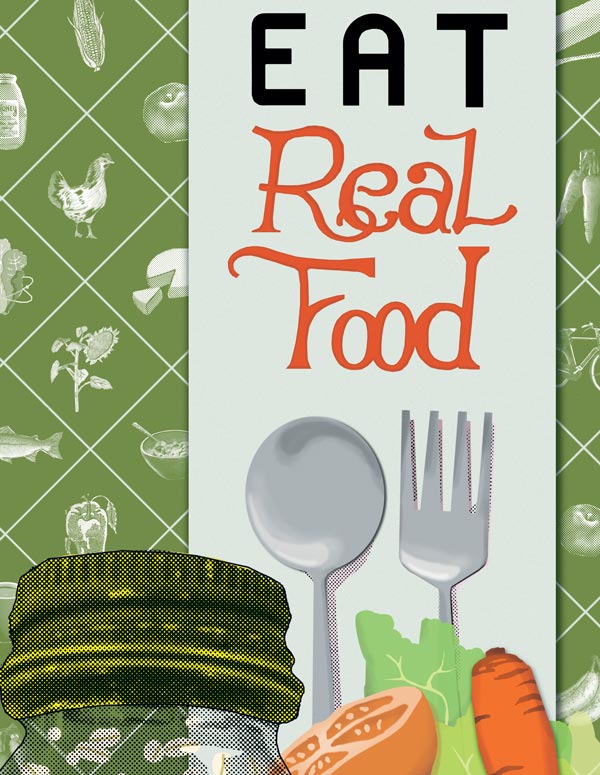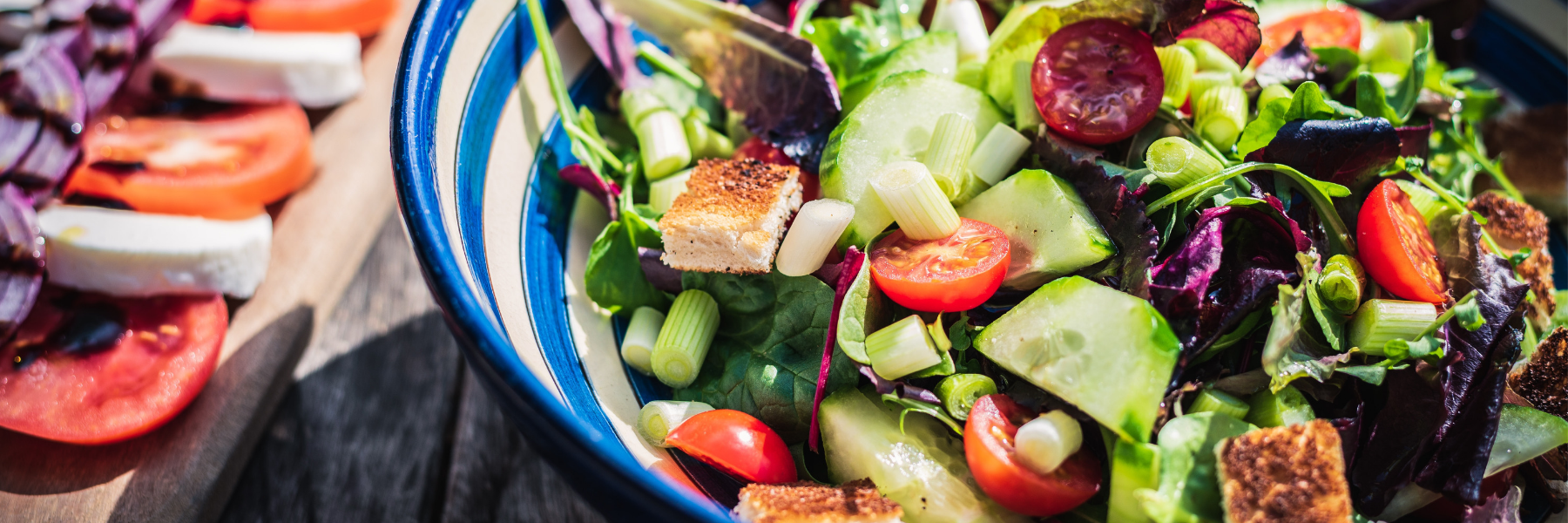
Beautiful poster art by Joe Wirtheim – Says it all!
In today’s world, where we bombarded by processed foods laden with unhealthy sugars, fats, and starches, it is an act of resistance to just eat real food.
Michael Pollan, in his New York Times article “Unhappy Meals,” exhorts us to “Eat food. Not too much. Mostly plants.” That’s seven words; I’ll reduce it to three: eat real food. The “not too much” will take care of itself. And the “mostly plants” isn’t a worry if you eat the plants as they came out of the ground, or the animals who ate the food that came out of the ground—because they ate plants.
What is real food anyway?
Real food is whole food with a minimum of ingredients and no “food-like” additives.
It is mostly unprocessed, free of non-food substances, and rich in nutrients and fiber. Real food is not burdened with food additives, like many of those listed in this government database.
Human beings have been eating real food for thousands of years.
Since processed foods became popular in the 20th century, the Western diet has been transformed into one that destroys health and is now the leading cause of chronic disease.
While most of us probably know what real food is, the sophisticated marketing engine of the processed food industry loves to manipulate the idea to justify selling you more crap. This page is dedicated to reinforcing what real food really is.
What is processed food? Ninety percent of the food produced in the United States is sold to you by a total of ten conglomerates—Coca-Cola, ConAgra, Dole, General Mills, Hormel, Kraft, Nestle, Pepsico, Proctor and Gamble, and Unilever.
If it has a label, consider it a warning label. Because real food doesn’t need a label. Want more clarification? We dedicate a whole page to defining processed food here: http://robertlustig.com/processed-food.
Real foods are not mass produced, not consistent from one purchase to another purchase, separate out, and rot in a relatively short time. Most whole foods would meet this criteria; many processed foods would not.
Real Food Marketing Hype
The most important factor now, when considering food, nutrition and public health, is not nutrients, and is not foods, so much as what is done to foodstuffs and the nutrients originally contained in them, before they are purchased and consumed. That is to say, the big issue is food processing – or, to be more precise, the nature, extent and purpose of processing, and what happens to food and to us as a result of processing.
Source: The Big Issue is Ultra-Processing, Carlos Monteiro, Centre for Epidemiological Studies in Health and Nutrition, University of São Paulo, Brazil
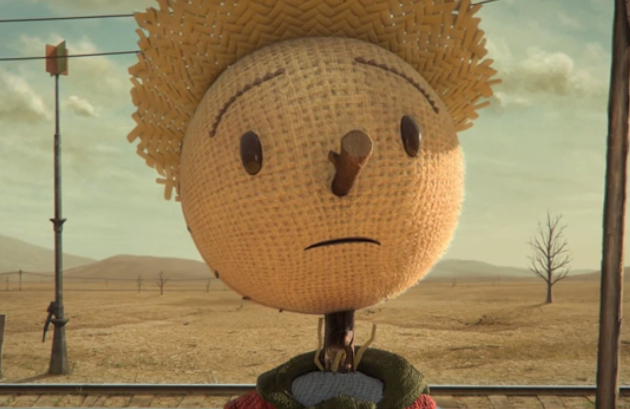
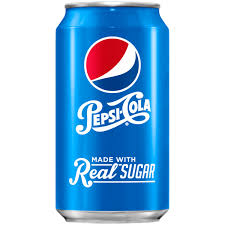
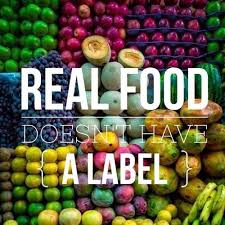
But can we believe them?
“When it becomes a revolutionary act to eat real food, we are in trouble.”
Where to Get (Real) Real Food
There is nothing that will improve your health, your well-being, your achievement, your sense of accomplishment, your sense of community, and the health and happiness of your family as much as cooking yourself and enjoying a meal with others.
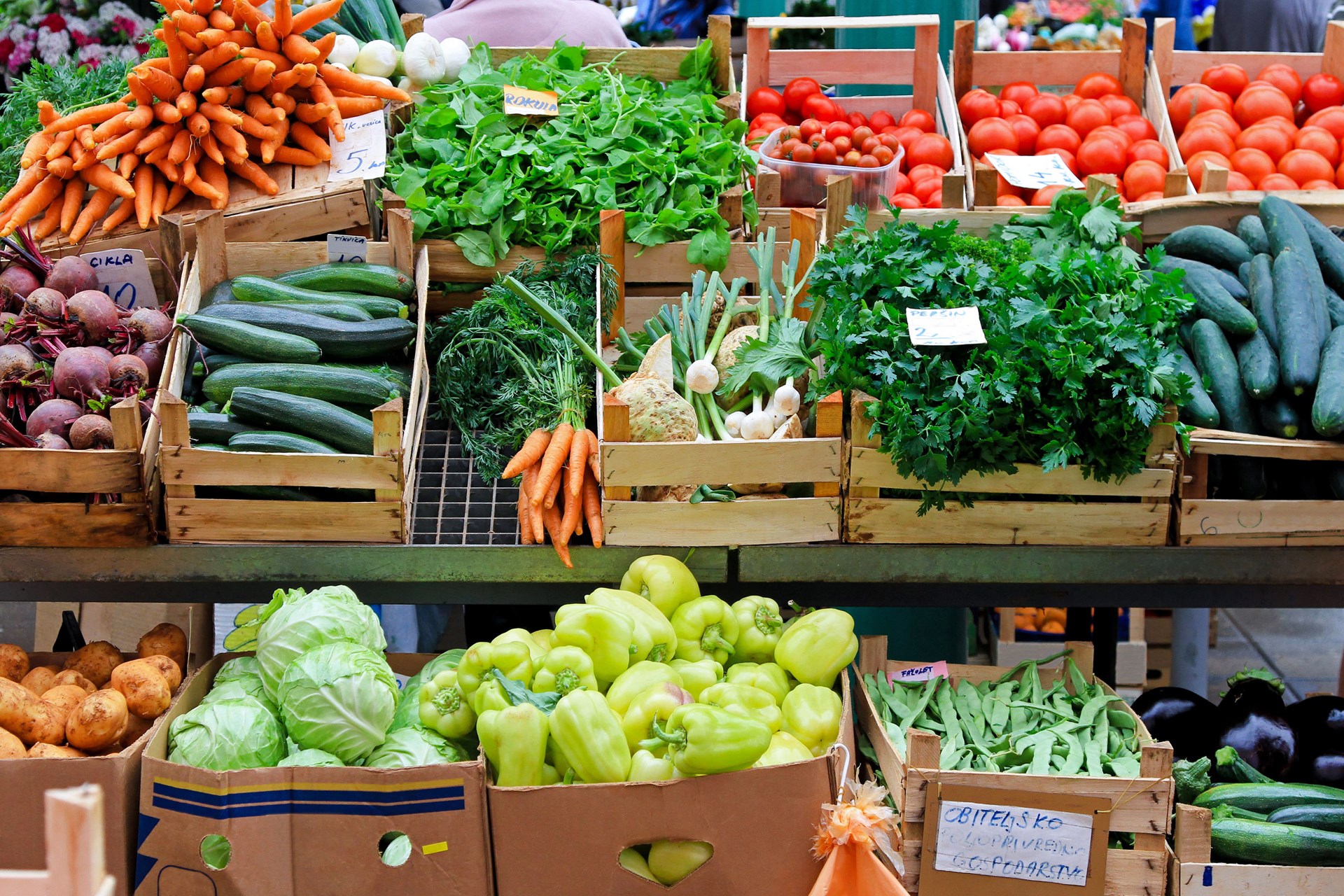

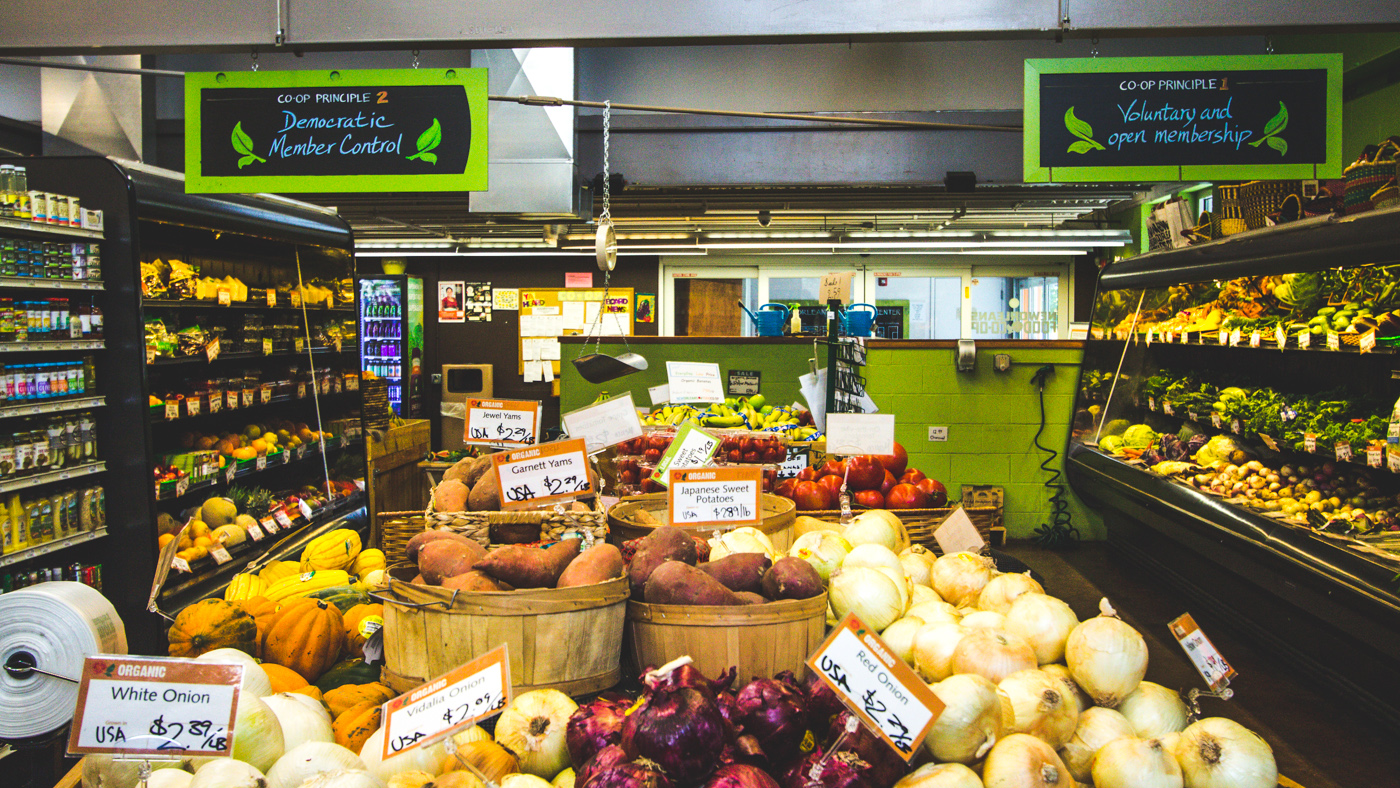
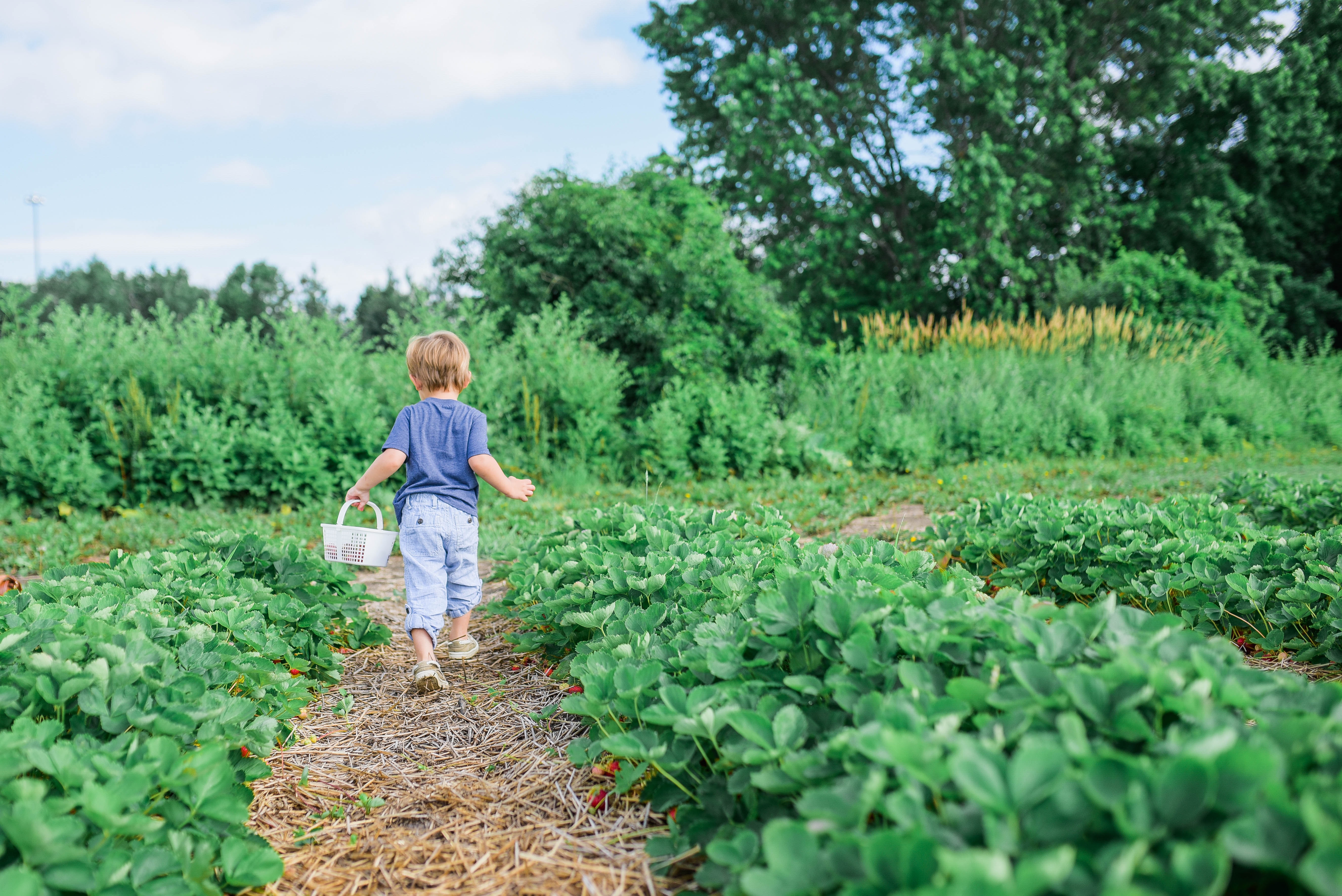
There are 8,000 Farmers’ markets in the U.S.
Eat food. Which is to say, eat real food. And that other stuff, we shouldn’t even dignify with that beautiful word, “food.” And so I call it something else. I call it edible food-like substances. And that’s all that processed stuff in the middle of the supermarket. The Western Diet is in the center aisles.

